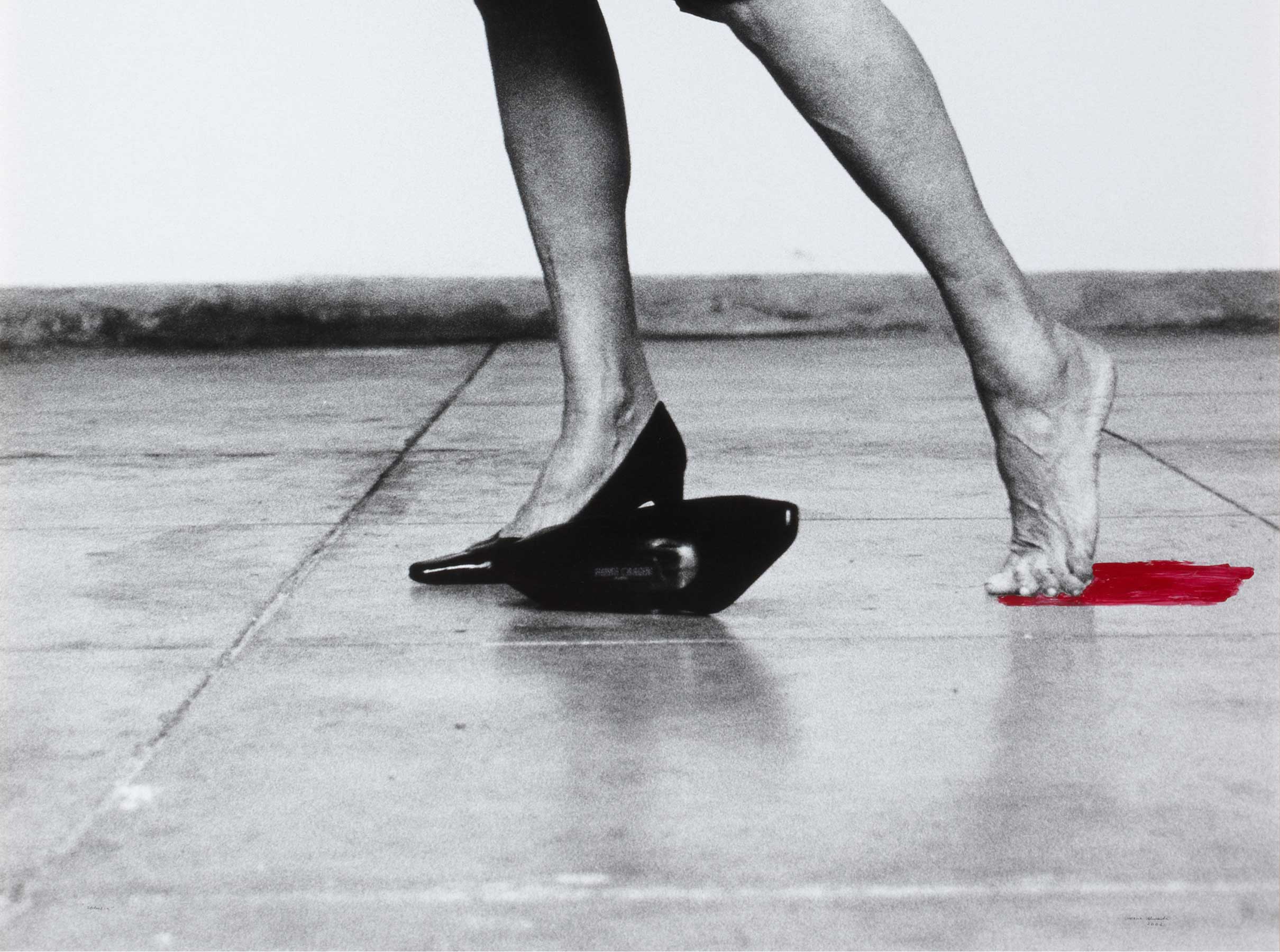Alfombra [Rug]
- 1934
- Fabric with symmetrical or Turkish knots
- 424 x 395 cm
- Cat. A_202
- Observations: Warp: cotton. Weft: jute. Knot: wool. Weaving density: 14/15 knots/dm. Author of the design: Faustino Álvarez Quintana.
This rug was made during the revival of interest in traditional designs in the early 1930s at what was then called the Fábrica Nacional de Tapices ['National Tapestry Works']. The marks woven into the selvedge ('FNT' on the left side of the head end and 'STUYCK = MADRID 1934' on the right) indicate the provenance and date of the piece.
The design is unusual, and might indeed be described as exotic compared to the usual design catalogue of the Madrid-based works. It follows the classical layout of a central medallion on a field decorated with stalks and floral elements and a broad main border, but the graphic style of the decorative motifs is anything but classical. The cartoons are simplified and almost naïf in style, using flat colours with no shading.
A detailed analysis of its composition reveals that the design is intended as a simplified, 'modern' rendering of the models drawn up by Pierre-Josse Joseph Perrot (1678-1750) for the Savonnerie works in the reign of Louis XV. A number of decorative elements characteristic of French Rococo style rugs can be seen in it: the Arabesque rosette in the centre of the medallion, the acanthus rinceaux, the stalks with leaves, flowers and fruit, the scalloping and even the fan or 'bat-wing' shapes. These last elements can be seen, albeit greatly changed, in the corners of the field behind the brackets.
The design is a deliberate attempt to modernise the Rococo style by making the 18th century repertoire of decorations more stylised or abstract. For instance, the acanthus rinceaux are reduced to minimalist C-shaped motifs around the background field and in the main border. The palette is limited to six plain colours. The field has two background colours - sky blue and wine - combined with the almost-white of the rinceaux, scalloping and rosette, the light brown of the flowers and the Veronese green of the stalks and fan shapes. The main border blends light brown and Veronese green with darker brown in the background and on the selvedge. This last colour is widespread in and highly characteristic of certain rugs from the 1930s and 1940s.
The graphic design archives of the Real Fábrica de Tapices [‘Royal Tapestry Works’] contain several cartoons that can be linked more or less closely with this rug (343 ALF, 361 ALF, 362 ALF, 867 ALF, 870 ALF & 871 ALF). They all feature similar patterns but each has a different colour scheme. To judge from the wear and tear, the oldest of them is probably Nº 343 ALF, which is linked to a commission dated 1932, but the records indicate that Nº 870 ALF is a year older. Interestingly, there is evidence that this was the work of Faustino Álvarez Quintana, the same artist who, around the same time, drew cartoons for the Zóbel family that were influenced by the orphist style of the Delaunays. It seems likely, therefore, that the rest of the cartoons in the archives are also by Álvarez, or are perhaps later versions drawn up by others based on 870 ALF and 343 ALF (the latter also having been commissioned by the Zóbels).
The large number of cartoons of the same type in the records is good evidence that in spite of its modernist style Álvarez Quintana's creation proved popular at a time when avant-gardism was beginning to make its presence felt on the Spanish cultural scene.
Other works by National Tapestry Works

![Alfombra [Rug]](/f/webca/INF/assets/img/fff.png)